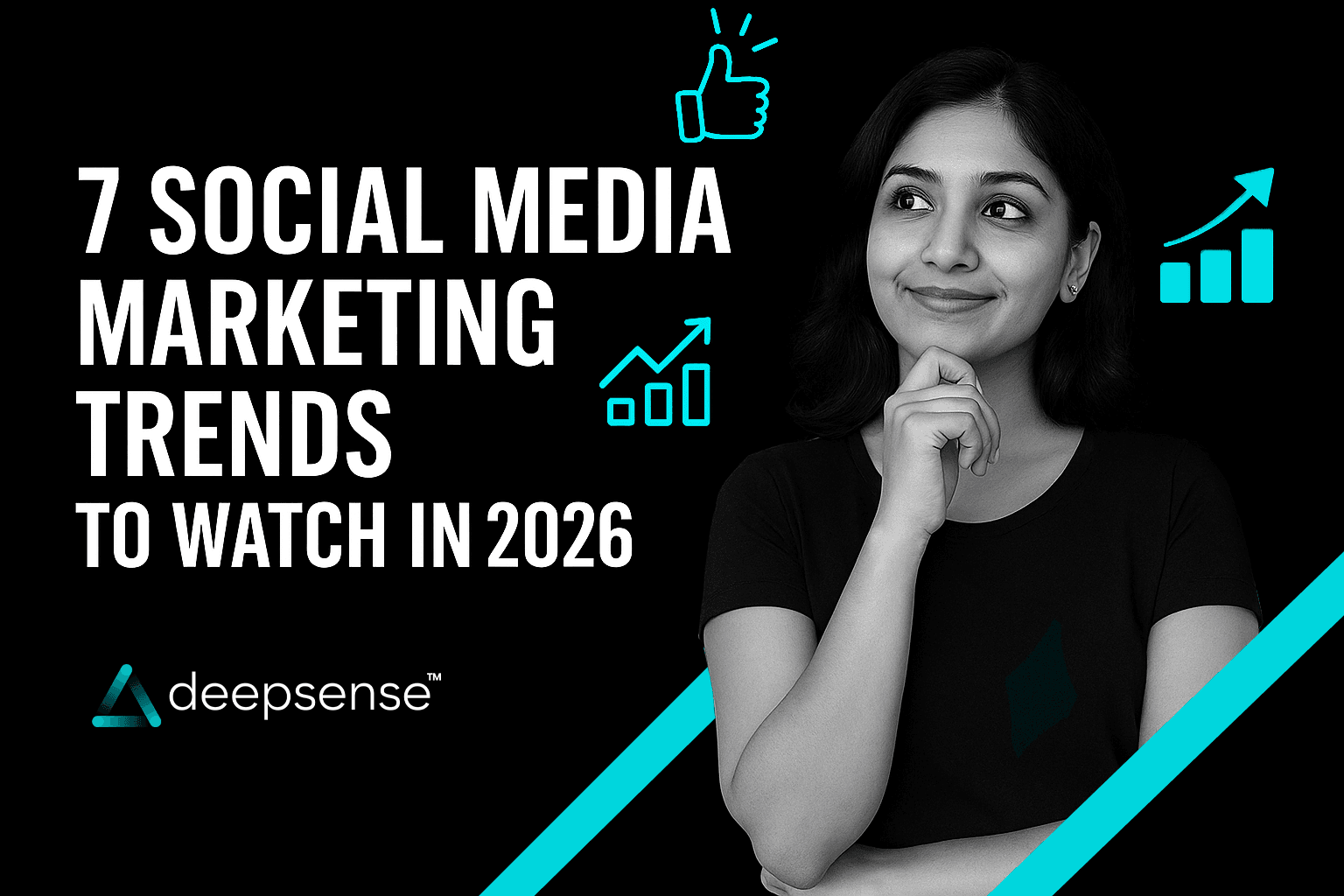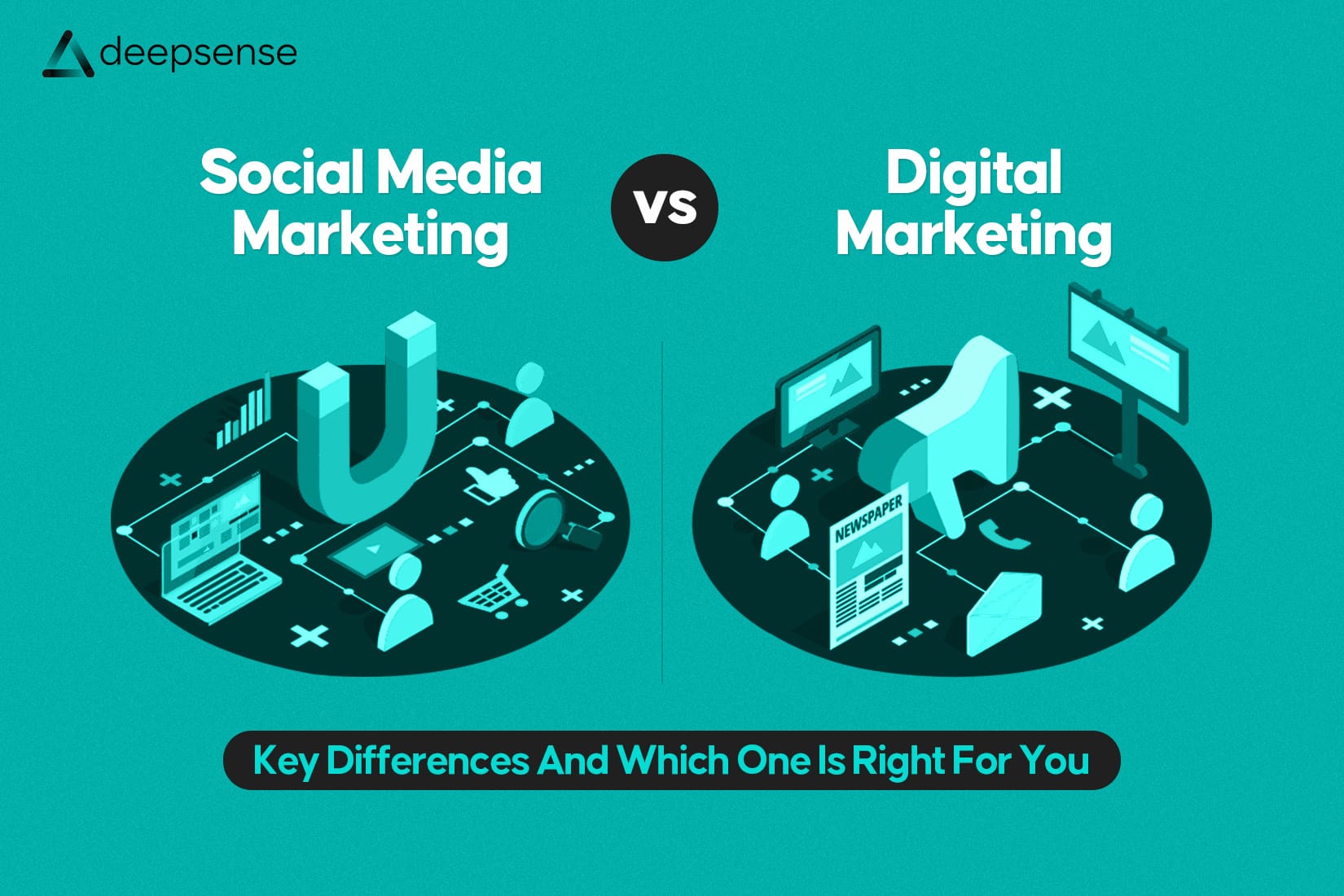Introduction
The world of social media doesn’t just change, it transforms at lightning speed. What worked for brands last year might be irrelevant tomorrow, and the pace is only accelerating as technology, culture, and consumer expectations evolve. In the past decade, we’ve watched platforms go from simple networking spaces to complex ecosystems where entertainment, commerce, customer service, and community building happen simultaneously.
By 2026, social media will be less about posting for visibility and more about creating immersive, personalized, and trust-driven experiences that bridge the gap between the digital and physical worlds. Artificial intelligence will be deeply woven into campaign creation and targeting, augmented reality will make product exploration more tactile than ever, and communities will hold the power to make or break a brand.
This isn’t just another “yearly trends” list, it’s a peek into the strategic shifts that will define winners and losers in the social media space over the next few years. Whether you’re a small business owner, a digital marketer, or part of a global brand, staying ahead of these trends will mean the difference between blending in and standing out.
1. AI-Powered Content & Fully Automated Ads
Generative AI is quickly becoming a staple in content creation, churning out anything from graphics and captions to videos at scale. Platforms like Meta are taking it further: by the end of 2026, they plan to fully automate ad campaigns, letting brands generate ads (images, videos, copy) by simply providing a product image and budget, with AI determining targeting and budget allocation.
Still, human oversight remains essential to ensure authenticity and maintain brand voice.
Action Steps:
- Use AI tools like Canva AI or Writesonic for ideation and rapid content drafts.
- Always review and humanize AI outputs to preserve authenticity and brand integrity.
2. Live Shopping & Social Commerce Revolution
Live shopping, where influencers or brands sell directly through real-time videos, is booming. Global live commerce sales reached nearly $919 million in 2023 and are forecasted to surge further by 2031. In the Indian context, platforms like TikTok and Moj are fuelling this trend with in-app live shopping and shoppable videos.
TikTok, in particular, is reshaping ecommerce; McKinsey predicts live commerce could account for 10–20% of all online sales by 2026.
Action Steps:
- Host branded live shopping events with gamified discounts or exclusives.
- Incorporate shoppable posts and in-app checkout features to simplify purchase.
3. Short-Form Video Remains King
Short-form video continues to dominate attention spans. Platforms like TikTok, Instagram Reels, and YouTube Shorts remain central to social strategies. Brands are also adopting rapid, punchy formats—think 6-second silent videos optimized with subtitles for sound-off viewing. There’s also a resurgence of longer video formats for storytelling depth and educational content.
Action Steps:
- Prioritize short, captioned videos with clear hooks in the first few seconds.
- Mix in longer formats for deep dives or thought leadership pieces.
4. AR, VR & the Metaverse: Immersive Marketing Experiences
Augmented reality is now common in filters and virtual try-on experiences on Instagram, Snapchat, and TikTok, and is on track to become even more integral with mobile AR users expected to reach 1.4 billion by end of 2025.
Virtual reality and metaverse spaces are also emerging as immersive engagement zones, 3D hangouts, virtual brand worlds, and realistic demos are on the rise. These immersive experiences help strengthen user engagement like never before.
Action Steps:
- Develop branded AR filters or virtual try-on tools.
- Explore VR-enabled brand events or interactive virtual showrooms.
5. Authenticity, Communities & Micro-Influencers
Audiences crave raw, unfiltered content. Authentic storytelling, featuring real people, behind-the-scenes glimpses, and user-generated content (UGC), resonates more than highly polished ads.
Micro- and nano-influencers (5K–50K followers) continue to outperform macro-influencers in engagement and trust, especially within local or niche communities.
Communities, private groups on Discord, WhatsApp, or Facebook, are becoming central to brand loyalty and genuine engagement.
Action Steps:
- Collaborate with local or niche influencers for authentic campaigns.
- Encourage UGC and highlight customer stories as part of your feed.
- Build exclusive communities where your most engaged fans can connect.
6. Privacy, Zero-Party Data & Ethical AI
Trust is now a brand pillar. With third-party cookies gone and privacy regulations tightening, brands must prioritize transparency and consent-first data strategies.
Zero-party data, information willingly shared by users (e.g., preferences)—is becoming crucial for personalization.
Explainable AI (XAI) is also gaining importance, as platforms and regulators demand clarity on how AI recommends content or targets ads.
Action Steps:
- Seek permission before collecting user data; be transparent about its use.
- Invest in tools that clarify AI decision-making processes.
- Design data practices that put user trust first.
7. Voice, Audio & Social Search Optimization
Voice and audio are quietly emerging yet powerful forces. Branded podcasts, live audio sessions, and voice search optimization are gaining traction.
Platforms increasingly function as search engines, so optimizing for social search is far more important than ever.
Action Steps:
- Launch short-form audio series or themed podcasts relevant to your brand.
- Optimize captions, metadata, and thumbnails for social search visibility.
- Explore voice-activated engagement like polls or shoppable audio commands.
Summary Table
| Trend | Key Focus |
| AI-Powered Content & Ads | Efficiency + human curation |
| Live Shopping & Social Commerce | Real-time sales, seamless buying |
| Short-Form Video Dominance | Quick, engaging, caption-friendly visuals |
| AR/VR & Metaverse Immersion | Immersive and interactive brand environments |
| Authenticity & Micro Communities | Trust, engagement, real brand experiences |
| Privacy & Ethical AI | Transparency, consent, first-party data |
| Voice & Social Search | Audio content, search optimization, voice-enabled options |
Final Thoughts
Social media in 2026 will reward brands that can master a dual mindset: embracing new technology without losing the human touch. The flashiest AR filter or the most sophisticated AI ad generator will mean little if the audience doesn’t feel seen, heard, and valued.
The winning formula will be a blend of:
- Innovation — leveraging AI, immersive experiences, and real-time selling to stay ahead of the curve.
- Authenticity — showing the unpolished, behind-the-scenes moments that build real trust.
- Community-First Thinking — shifting from broadcasting to building spaces where conversations and connections thrive.
In short, the next wave of social media will not be about reaching everyone, it will be about deeply resonating with the right ones. Those who adapt with agility, experiment boldly, and remain rooted in their brand values will not just keep up with 2026’s social media trends, they’ll set them.
FAQs
1. Why should businesses pay attention to social media trends in 2026?
Social media trends shape how audiences discover, engage with, and purchase from brands. Staying updated helps businesses adapt their strategies, remain competitive, and connect with customers in ways that feel current and relevant.
2. How will AI impact social media marketing in 2026?
AI will handle more content creation, ad targeting, and campaign optimization, making processes faster and more data-driven. However, brands will still need human oversight to ensure outputs align with their unique voice and values.
3. What is the role of live shopping in the future of social media?
Live shopping combines entertainment and e-commerce, letting audiences buy products in real-time during live streams. By 2026, it’s expected to be a major sales channel, especially on platforms like TikTok, Instagram, and regional live-commerce apps.
4. Are short-form videos still effective in 2026?
Yes. Short-form videos remain one of the most engaging formats due to shrinking attention spans. They’re ideal for quick tips, product teasers, and trend participation, while longer videos will serve for storytelling and in-depth content.
5. How will AR and VR change social media marketing?
AR will enhance try-on experiences, interactive ads, and gamified engagement, while VR will create immersive brand worlds, virtual events, and 3D shopping experiences, making marketing more experiential than ever before.
6. Why are micro-influencers important for future campaigns?
Micro-influencers offer higher engagement rates, niche audience access, and authentic connections. Their smaller but loyal followings often trust their recommendations more than those of large-scale influencers.
7. What is zero-party data, and why does it matter?
Zero-party data is information customers willingly share, such as preferences or feedback. It’s essential for personalized marketing in a privacy-first world, especially as third-party tracking becomes obsolete.
8. How can brands stay authentic while using advanced technologies?
By blending innovation with transparency. Use tech for efficiency but maintain genuine storytelling, humanized customer interactions, and real user-generated content to build trust.
9. Will social media platforms replace traditional search engines?
Social platforms are increasingly used for product discovery and research. Optimizing content for social search—using keywords, hashtags, and descriptive captions—will become as important as Google SEO.
10. What’s the biggest success factor for social media marketing in 2026?
The ability to adapt quickly. Trends will evolve faster than ever, so brands that test, learn, and iterate while staying true to their values will have a strong competitive edge.











